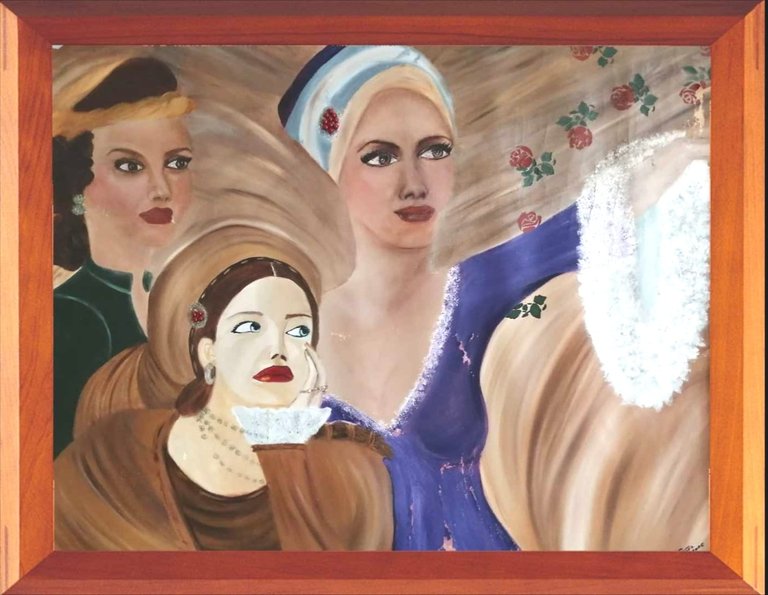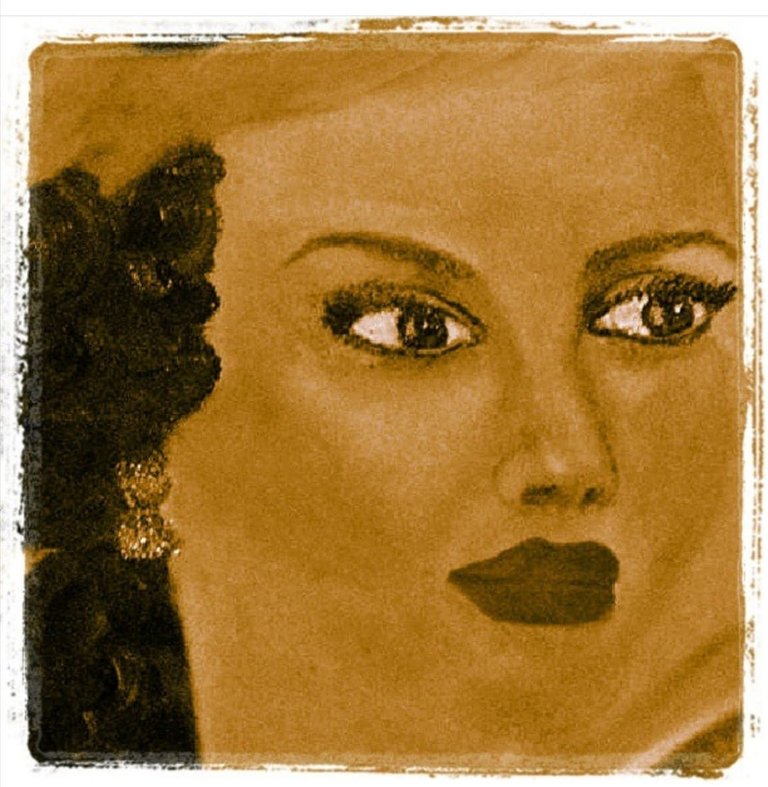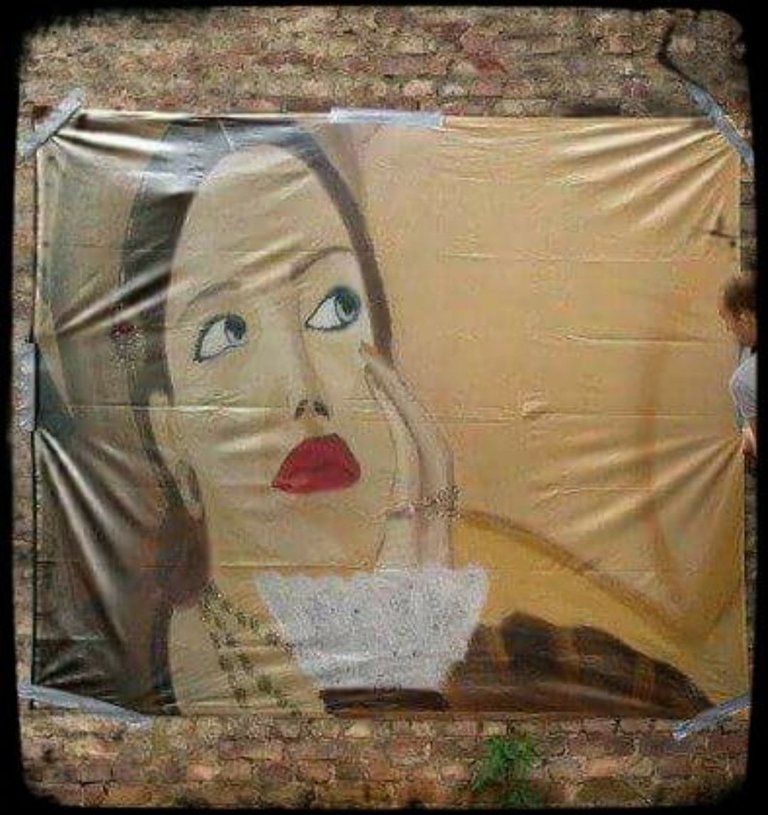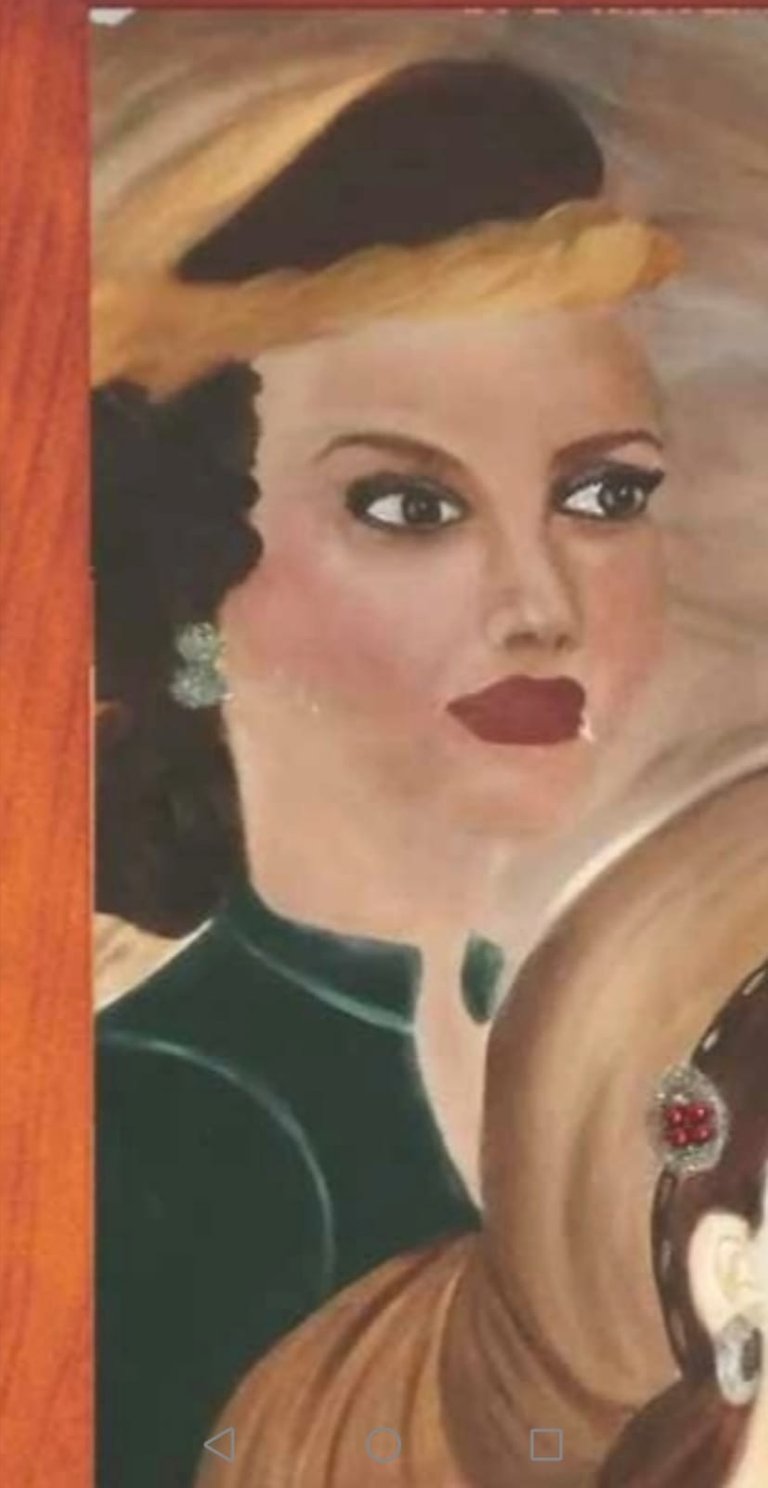My painting of Ottoman women-Ottoman Women

Before I made this painting, I thought, What was it like to be a woman in the Ottoman Empire, which ruled for 600 years and was one of the longest surviving states in history?

Ottoman women did not have a say in matters such as marriage. There was no possibility of escaping the marriages the families had agreed upon. Looking at the records, it is seen that the number of women who run away from marriage is very small. Most of them were those who wanted a divorce because they were underage.

For non-Muslims, the situation was somewhat different. While a Muslim man could marry a non-Muslim woman, a non-Muslim man could not marry a Muslim woman. While men can divorce without giving a reason, women had to have important reasons to get divorced. Also, contrary to what is known, polygamy was not accepted among the people. This was generally done by the palace and the people around it.

City women made frequent home visits to each other. In addition, thanks to the developing bath culture, women would come together and chat for hours and organize instrumental and oral activities. Apart from this, they used to come together near the tomb and the tomb as part of the activities they called picnics.
Although women's clothing varies according to the region, according to Evliya Çelebi's Travel Book, women in all regions often wore long veiling style clothes called ferace. Apart from this, women with high incomes wore clothes similar to shalwar under thin shirts made of cotton or silk.

Low-income women, on the other hand, could use velvet or, rarely, silk fabric. They also did not neglect to wear vests. The women of low-income families with limited means used cheap fabrics called beledi. While non-Muslims living in Rumeli and Istanbul could leave their faces uncovered, Armenians living in the East and Caucasus, generally, covered their faces. In Adana and its surroundings, their faces could be exposed, but they could wear veils.
Holding hands was forbidden and considered a sin in the Ottoman Empire. Usually, couples could come across each other either by chance, by the arrangement or while working in similar places such as fields and gardens. Communication was by letter. In the light of these, many poets sang poems, folk songs, and songs to the women they loved.
Women were working in the Ottoman Empire. These women were usually widows or orphans. Women were engaged in trade. These women, who were engaged in trade, sold cloth to wealthy women. They ran the fields inherited from their husbands or families.
When the wife separated from her husband, she could inherit very little. He could receive only 3 months' living allowance as alimony. Women found the solution to this difficulty by working. These women could not go to the house to clean because of the concubines. They were having trouble with this. They could give their daughters to wealthy families. Thus, they were able to grow well in prosperity. This was a common situation in the Ottoman Empire.

Let's come to the life story of the Nurbanu sultan (far-left in the table) that I have painted, Nurbanu Sultan, who was kidnapped by Ottoman pirates when she was only ten years old, attracted the attention of Hürrem Sultan with her intelligence and was sent to Manisa sanjak by him for education. When she returns, Nurbanu Sultan, who has managed to win the admiration of Hürrem Sultan with her beauty, marries Prince Selim and becomes Hürrem Sultan's bride.
The poems written by Şehzade Selim with the love of Nurbanu are among the most beautiful examples of Divan Literature. What will not happen in the following years, and with the death of all his brothers, Selim first becomes the heir of Kanuni and then the sultan of the Ottoman Empire, and Nurbanu is the only female judge of the palace.
Although other women entered the life of Sultan Selim, none of them could be as effective as Nurbanu Sultan. With her son Murat becoming the sultan, Nurbanu Sultan became the valide sultan and, like Hürrem Sultan, ruled the empire behind the scenes for a long time.
Safiye Sultan, another sultan whose life full of intrigue has been the subject of books, is Safiye Sultan (at the front of the table). Safiye Sultan first attracts the attention of Nurbanu Sultan with her beauty and Nurbanu Sultan pays Safiye a fortune to her son III. Takes to Murat's harem
III. When Murat's extreme fondness for Safiye Sultan threatened Nurbanu Sultan's authority, although Nurbanu Sultan made great efforts to turn her son's attention to other women, Safiye Sultan remained the sultan's favorite.
Especially after the death of his mother-in-law, he managed the state as he wanted and ensured that the decisions he wanted were taken.
When her son Mehmet IV came to the throne at the age of 6, Turhan Sultan (far right in the table) became the valide sultan. However, her mother-in-law Kösem Sultan was still alive and a fierce rivalry began between the two. This rivalry came to an end when Kösem Sultan was strangled to death one night in her apartment.
When I researched Ottoman female sultans, I found very interesting information and most of them were thought-provoking. As a result of the stories I read, such a painting emerged. I wanted to present my painting to you and share the story of my painting with history lovers.
I hope you like it.
Congratulations @artdora! You have completed the following achievement on the Hive blockchain and have been rewarded with new badge(s):
Your next target is to reach 50 comments.
You can view your badges on your board and compare yourself to others in the Ranking
If you no longer want to receive notifications, reply to this comment with the word
STOPCheck out the last post from @hivebuzz:
Beautiful painting, and an excellent seemingly well researched storyline and history. You have articulated it very well also.
Thank you. I am doing historical research while making my oil canvas. The process of making an oil canvas can take an average of 8-12 months. I finished this oil canvas in about 8 months.